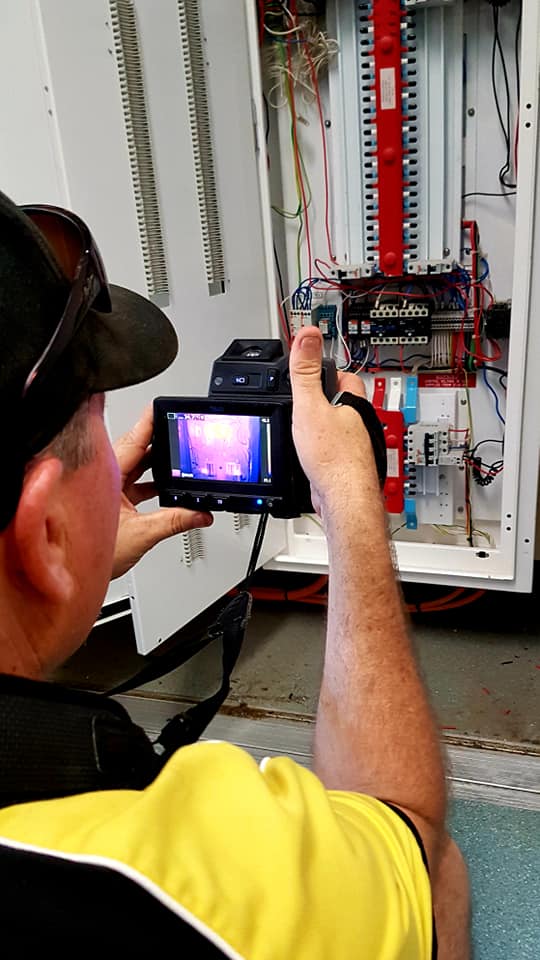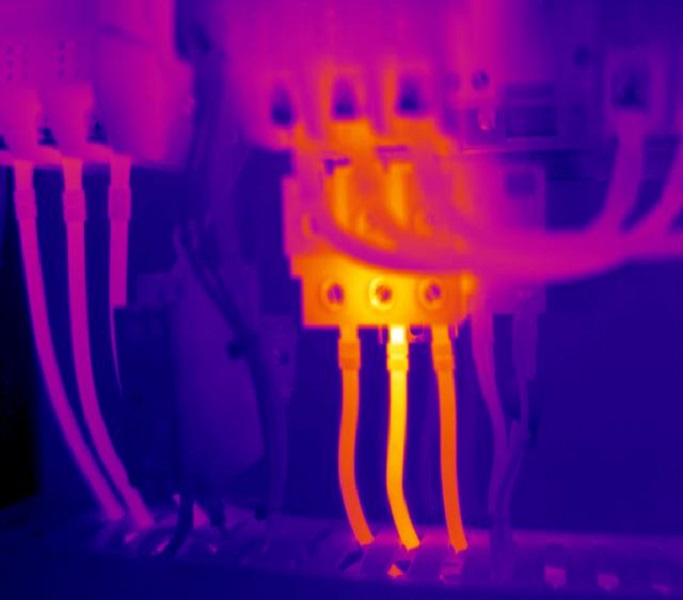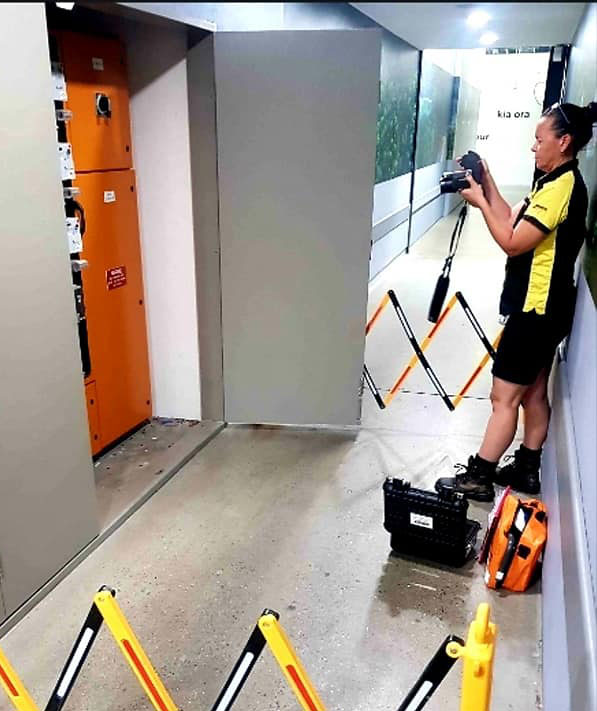Thermal Imaging
Thermal testing is a process used to assess the temperature performance of electrical equipment and components
Team up with the best

Electrical Thermal Testing
Electrical thermal testing is a process used to assess the temperature performance of electrical equipment and components. It involves measuring and monitoring the temperature of various electrical components, connections, and systems to ensure they operate within safe temperature limits. This testing is crucial for preventing overheating, electrical fires, and component damage in electrical installations. Here are some key aspects of electrical thermal testing.
The primary purpose of electrical thermal testing is to identify and address any issues related to excessive heat generated by electrical components. Overheating can lead to reduced equipment lifespan, decreased efficiency, and potentially dangerous conditions.
-
Equipment and Tools:
Various tools and equipment are used for electrical thermal testing, including infrared thermography cameras (thermal imaging cameras), contact thermometers, thermal probes, and data loggers. These tools can measure and record temperatures at various points in an electrical system. -
Inspection and Analysis:
During electrical thermal testing, an inspector or technician typically scans electrical components and connections for hot spots using an infrared camera. These hot spots can indicate areas of concern, such as loose connections, overloading, or other issues that may lead to excessive heat generation. -
Preventive Maintenance:
Regular electrical thermal testing is often part of a preventive maintenance program. By identifying and addressing potential issues early, it can help prevent costly breakdowns, outages, or electrical fires. - Electrical Panels and Switchgear: Electrical panels and switchgear are common areas for thermal testing, as these components are critical to electrical distribution systems. Overheating in these areas can result from poor connections, overloads, or other electrical problems.



-
Infrared Thermography:
Infrared thermography is a non-contact method that allows for the quick and accurate assessment of temperature variations in electrical equipment. Thermal images are captured and analyzed to detect anomalies. -
Data Analysis:
The collected temperature data is analyzed to determine if any components or connections are operating at temperatures beyond safe limits. If issues are found, corrective action is taken to resolve them, which may include tightening connections, redistributing loads, or replacing faulty components. -
Compliance and Standards:
Electrical thermal testing may be required to meet specific industry or regulatory standards, such as the regulations in Australia are primarily governed by AS/NZS 3760:2022 -
Training and Certification:
Performing electrical thermal testing requires proper training and certification, as it involves working with electrical systems and potentially hazardous conditions. Certified thermographers are often employed to carry out this testing.
